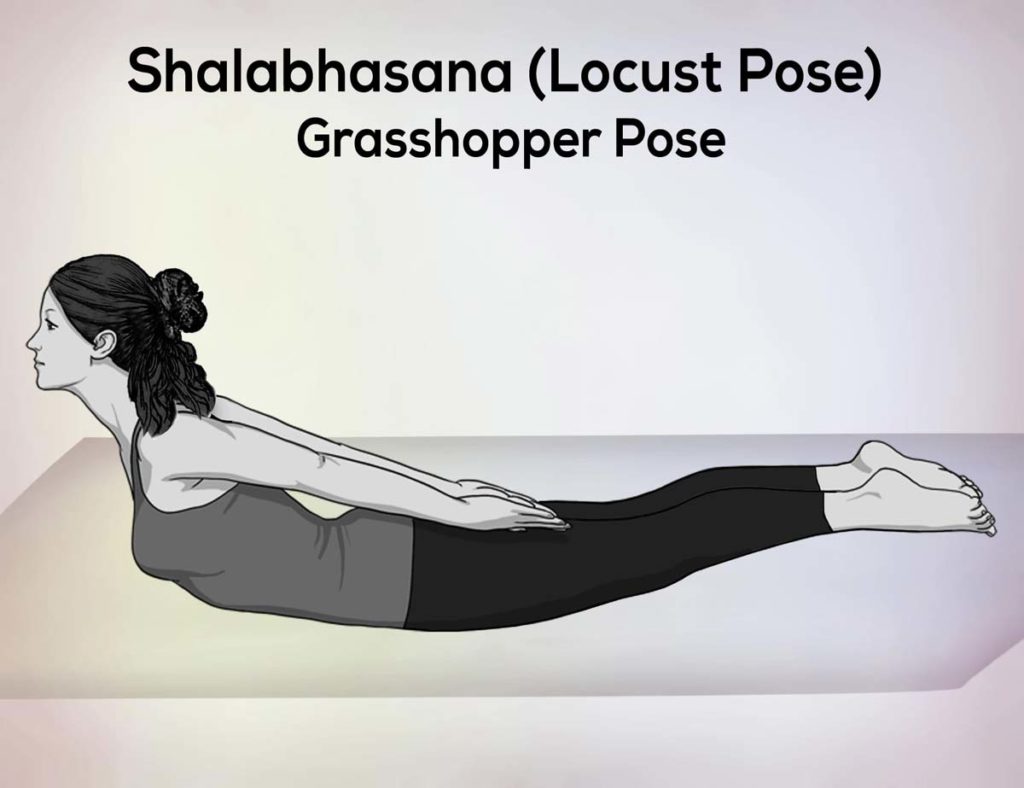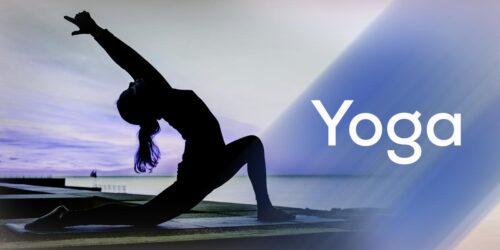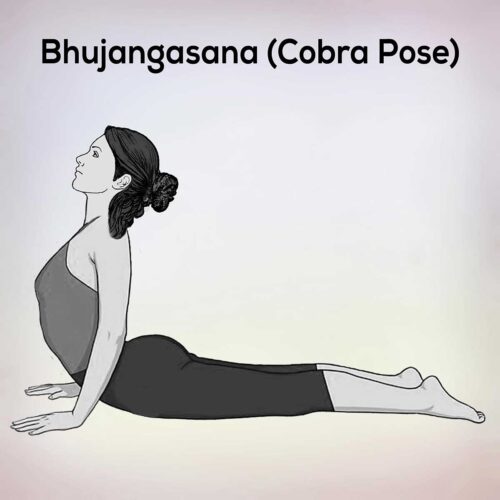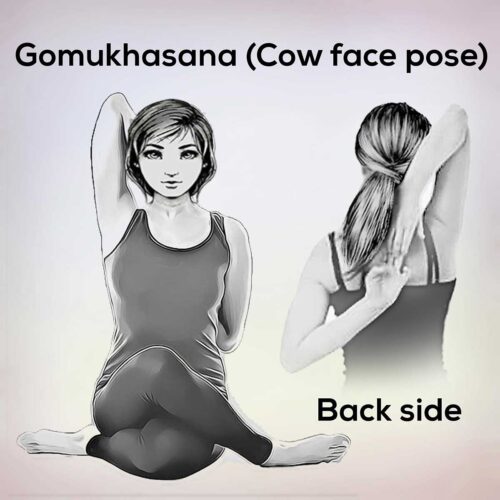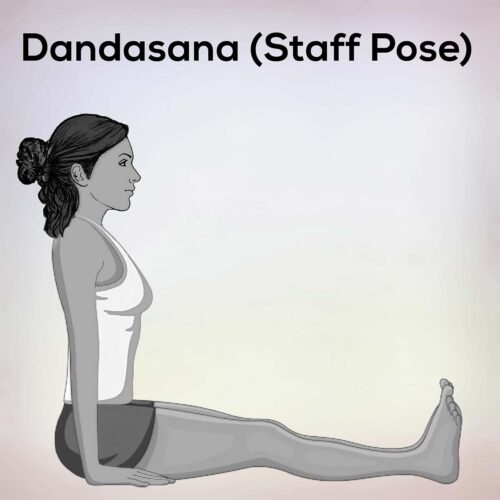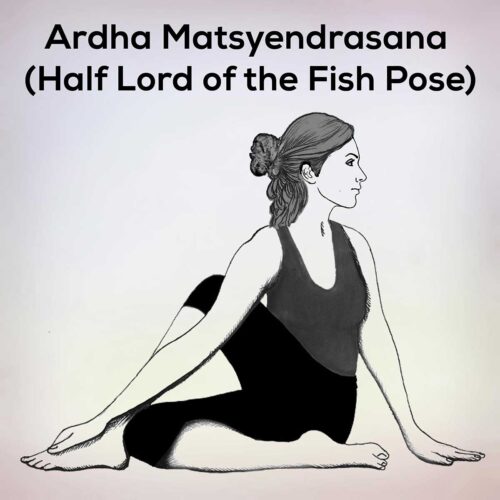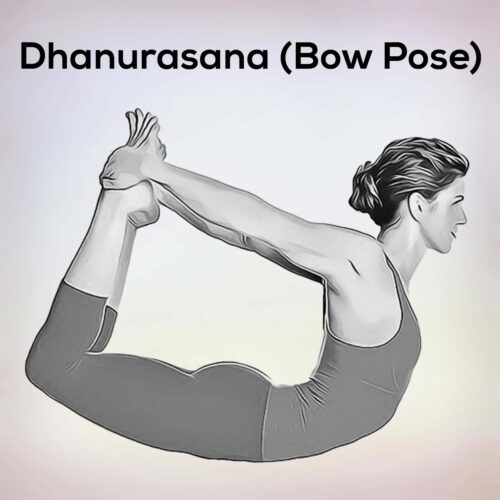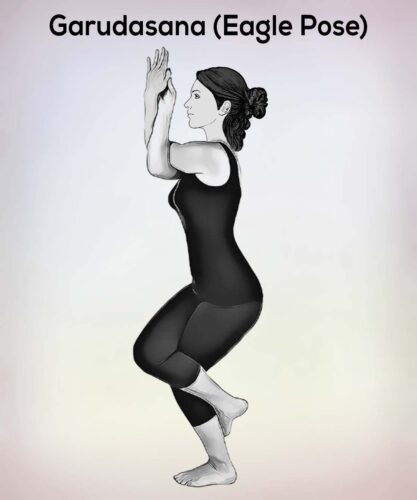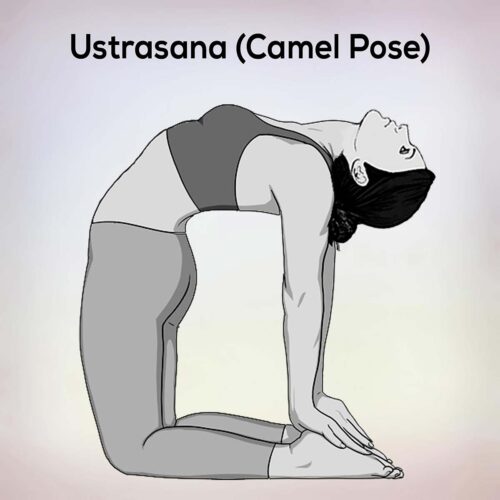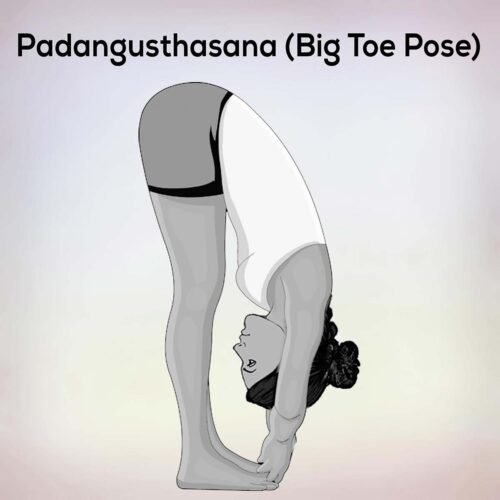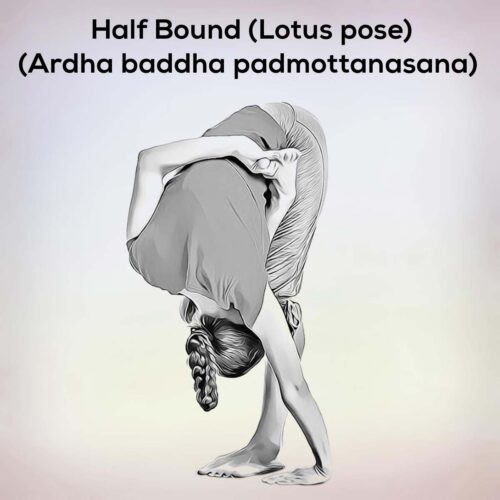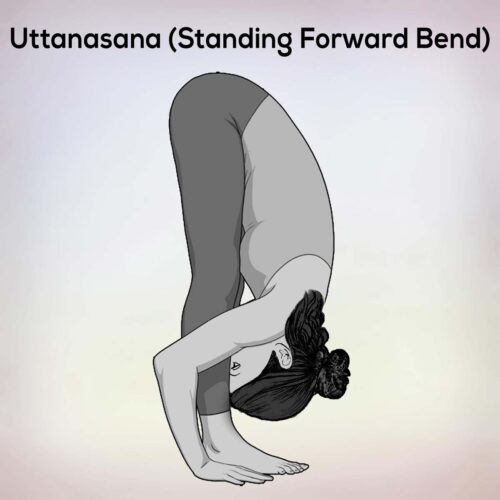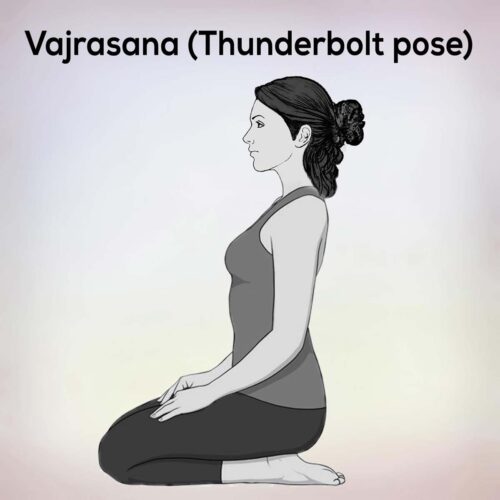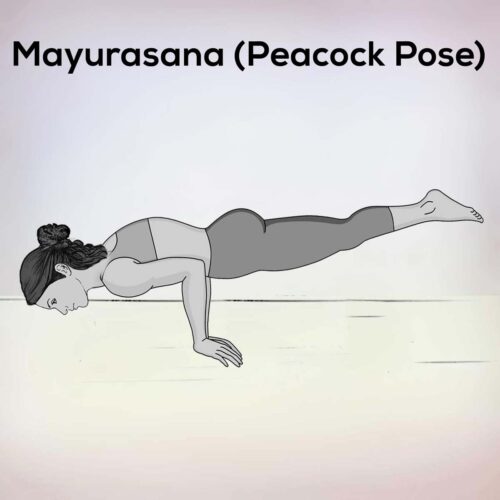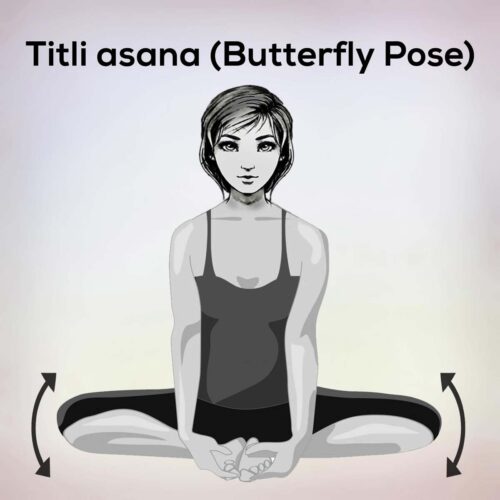Shalabhasana (Locust Pose) Benefits, Steps, Precautions, Tips
What is the meaning of Shalabhasana?
Shalbhasana The word “Shalabh” in Sanskrit means grasshopper or Locust. It is a type of insect. This insect is originally found in grass. When this Shalabhasana is performed, the whole body looks like a locust or grasshopper structure, hence this pose is also called a locust pose.
Doing Shalabhasana helps in strengthening the back muscles and is beneficial for curing ailments like sciatica and back pain. There are generally three methods of practicing Shalabhasana. Out of which this method is the most popular which is described in this article. This asana is easy to do and is suitable for everyone. This is a special posture for the spine.
This article gives you the right way of Shalbhasana, the health benefits of Shalbhasana (Locust Pose) and the precautions to be taken while practicing it.
Let us know the steps to practice Shalabhasana (Locust Pose) and its various benefits.
1)- Shalbhasana (Locust Pose) steps: The right way to do Shalbhasana
2)- Benefits of Shalbhasana (Locust Pose)
3)- Precautions to take while doing Shalbhasana (Locust Pose)
4)- Some Important Tips for Beginners
Shalbhasana (Locust Pose) steps: The right way to do Shalbhasana
1)- First of all, you lie down on your stomach by laying a mat or blanket on the floor. Thus this pose becomes very comfortable so you can do this posture in one flow.
2)- When you lie on your stomach with your legs extended, press the tops of your feet to the floor, and your chin rests on the mat.
3)- Now spread your arms on the sides of your body, palms facing up. Engage your core and lower your pelvis to the floor.
4)- Now as you inhale, lengthen your legs and spine, move your toes to the back of your space.
5)- Now as you exhale, lift your head, chest, arms and legs off the ground and take your shoulders back and extend your arms behind you, so that they are parallel to the floor. And reach through your fingers and tighten your back muscles.
6)- Keep in mind that while you are doing this asana, keeping your knees, ankles and big toes together, bend the legs to help lift you and being careful to keep the back of your neck long Look ahead.
7)- You stay this in the shalabhasana posture for three to five breaths and while exhaling slowly come to the floor.
Benefits of Shalbhasana (Locust Pose)
Shalbhasana (Locust Pose) has some excellent benefits. The points given below are as follows.
- Locust Pose this asana improves the mobility of your spine and stretches and strengthens the muscles of the back and core.
- Shalabhasana this asana opens up your chest, which can be helpful in improving your posture and preventing slouching.
- Your core muscles, hamstrings, gluteus, adductors, and calves are toned by holding all positions.
- Many everyday activities of our body (such as sitting, walking, etc.) flex the spine while the locust pose extends it.
- Locust Pose This pose will also help you breathe better, which can be invigorating for you.
- It is believed that locust pose helps in improving digestion.
Precautions to take while doing Shalbhasana (Locust Pose)
- If you have advanced arthritis or back pain in the hips then it is advised not to practice this Shalabhasana (Locust Pose).
- If you have a spinal injury, then you should avoid this asana.
- You can do light exercises once the pain subsides after low back pain therapy, but injury to the area should be avoided.
- If you have high blood pressure, glaucoma and heart problems, then you should avoid holding and holding your breath for a long time.
- Do not practice this Shalabhasana (Locust Pose). if you have a headache or migraine, neck injury.
- People who have had surgery for hernia, potbelly, and in the last few months are not advised to practice Shalabhasana.
- Do not strain the body while doing Shalabhasana, and do not bend the knees or lift the chin off the floor.
- Pregnant and menstruating women should avoid practicing Shalabhasana.
Some Important Tips for Beginners
1)- Beginners may face problem in raising both the legs in the air while doing Shalabhasana. So, an alternative to this is that one can lift their legs one by one (left and right) for a certain period of time.
2)- While doing Shalabhasana, it is a challenge for beginners to lift the chest off the floor, so for this, they can keep the hands slightly behind the shoulder or near the waist and then apply pressure to rise up.
3)- If you feel pressure under the chest while doing this asana, then you can put on a folded blanket. Thereby it will help in maintaining the posture without affecting the breathing.
4)- While doing this asana while balancing the body over the chin, there is a possibility of getting injured, so using a blanket under the chin or changing the forehead of the chin can be the solution.
5)- Beginners can place their hands under their thighs while doing Shalabhasana to help you lift the former. However, avoid weights on the wrist as it can lead to injury.
Legal Disclaimer: Before participating in any exercise program or using any fitness products or services that may be described and/or made accessible in or through the Nexoye Website and/or the Services, you should consult with a physician or other healthcare provider.
